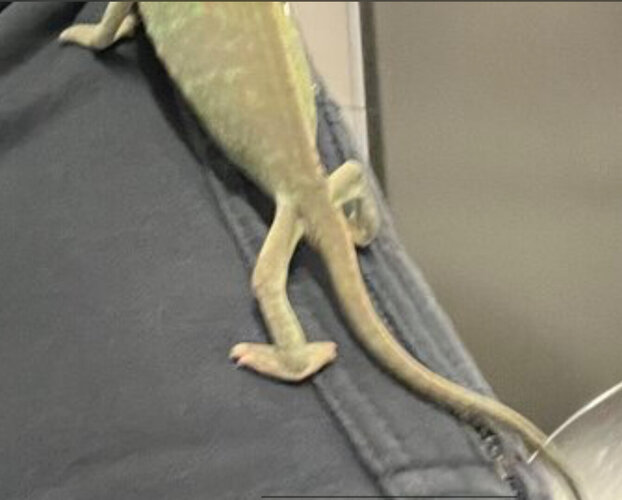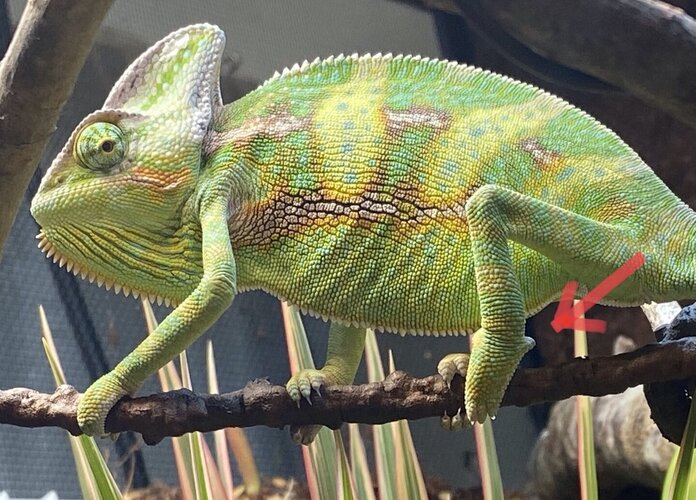ChrisP79
New Member
Can anyone tell me if it’s m or f ?
The seller told me it’s 100% male but I’m not sure.
The seller told me it’s 100% male but I’m not sure.
Follow along with the video below to see how to install our site as a web app on your home screen.
Note: This feature may not be available in some browsers.


I'm know that you can't breed a species with a different species. Like a panther with veiled.So what do I take for the ground so she can dig ?
And a maybe very dumb question but can you breed panther with Jemen ?
Your enclosures are amazing!!!!Thank you so much!
That was the best info I’ve ever read.
I will print that out
I’m already familiar with the husbandry , I have a 1 Year old Nosy Be Panter Cham. And since a week this little girl
coolThey r huge, I used the doors from a full size shower for my ground plan